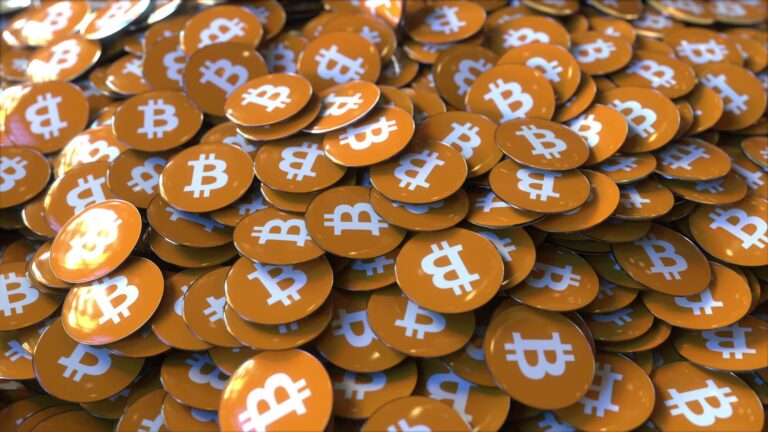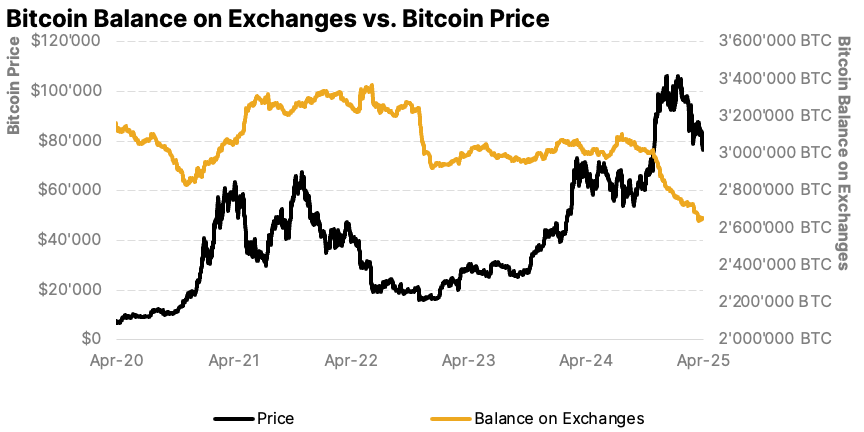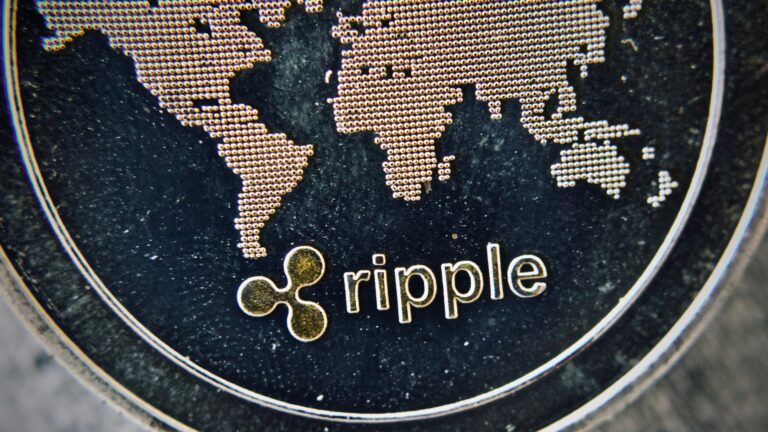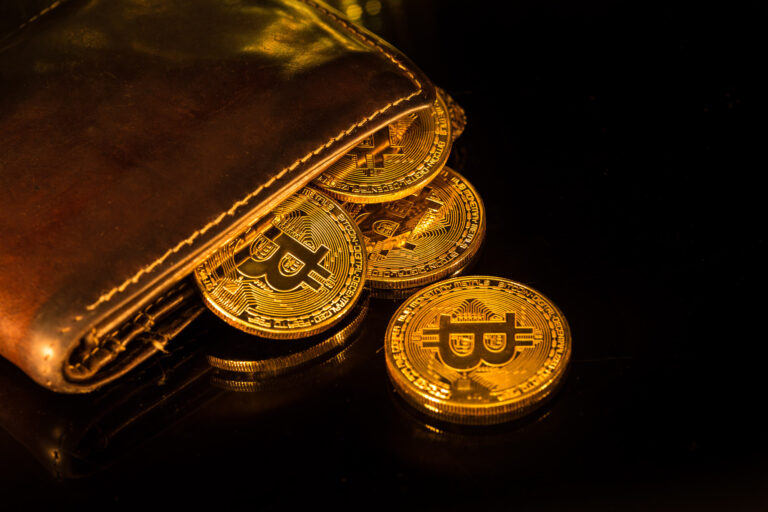The number of Bitcoins held on centralized exchanges has dropped to its lowest level in over five years. This trend reflects a clear shift in investor behavior as more holders choose to move their BTC into personal wallets and cold storage solutions.
On-chain data shows that investors are increasingly favoring long-term custody strategies, often interpreted as a sign of growing confidence in Bitcoin’s future. This shift indicates that holders are not only concerned with short-term market fluctuations but are placing greater trust in Bitcoin’s potential as a store of value over time. The trend is particularly evident among more sophisticated market participants like institutions, who tend to prioritize security and long-term positioning.
Growing institutional interest
Retail investors tend to leave their assets on exchanges for easier access and trading, but the recent decline in exchange balances suggests that a larger portion of the market is now playing the long game. This aligns with growing institutional interest, where secure custody is the standard, and capital is often allocated with multi-year horizons in mind.
Tariffs could be beneficial for Bitcoin
This development comes at a time of renewed market volatility. President Donald Trump reignited trade war concerns by imposing tariffs on key international partners. The announcement briefly sent traditional markets into a tailspin, highlighting how fragile investor sentiment remains. Although Trump later introduced a 90-day pause on the tariffs, which temporarily eased pressure on equity markets, the broader sense of instability has only strengthened Bitcoin’s appeal as a hedge against macroeconomic risk.
Supply crunch sets Bitcoin up for a breakout
As the BTC supply on exchanges continues to decline, market liquidity becomes more constrained. If demand rises due to political tensions, inflation concerns, or capital flight, fewer coins will be available to meet it. This kind of supply crunch has historically triggered sharp upward movements in Bitcoin’s price. In short, declining exchange reserves are more than just a bullish signal, as they set the stage for potentially explosive price action during periods of rising demand.









